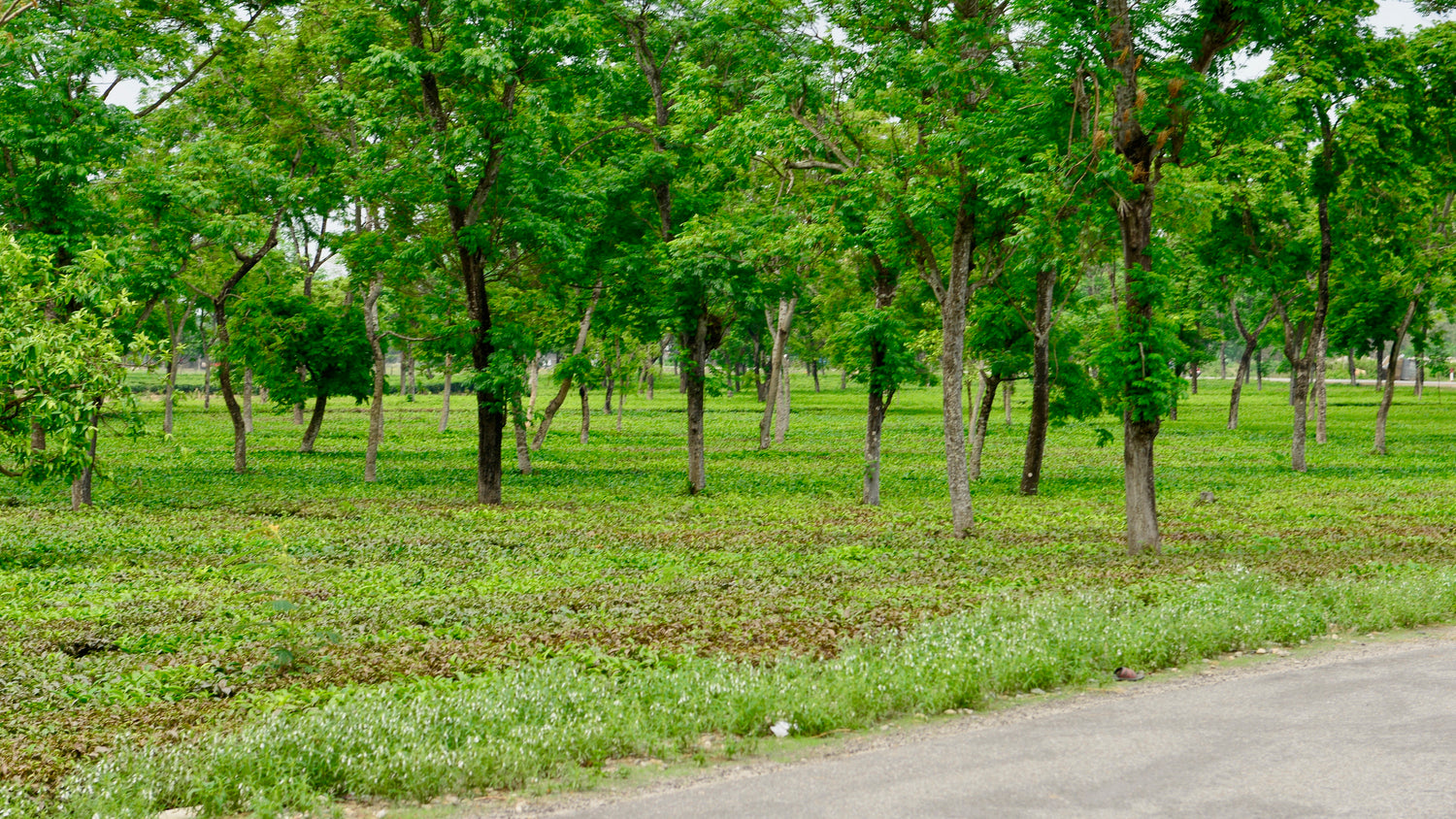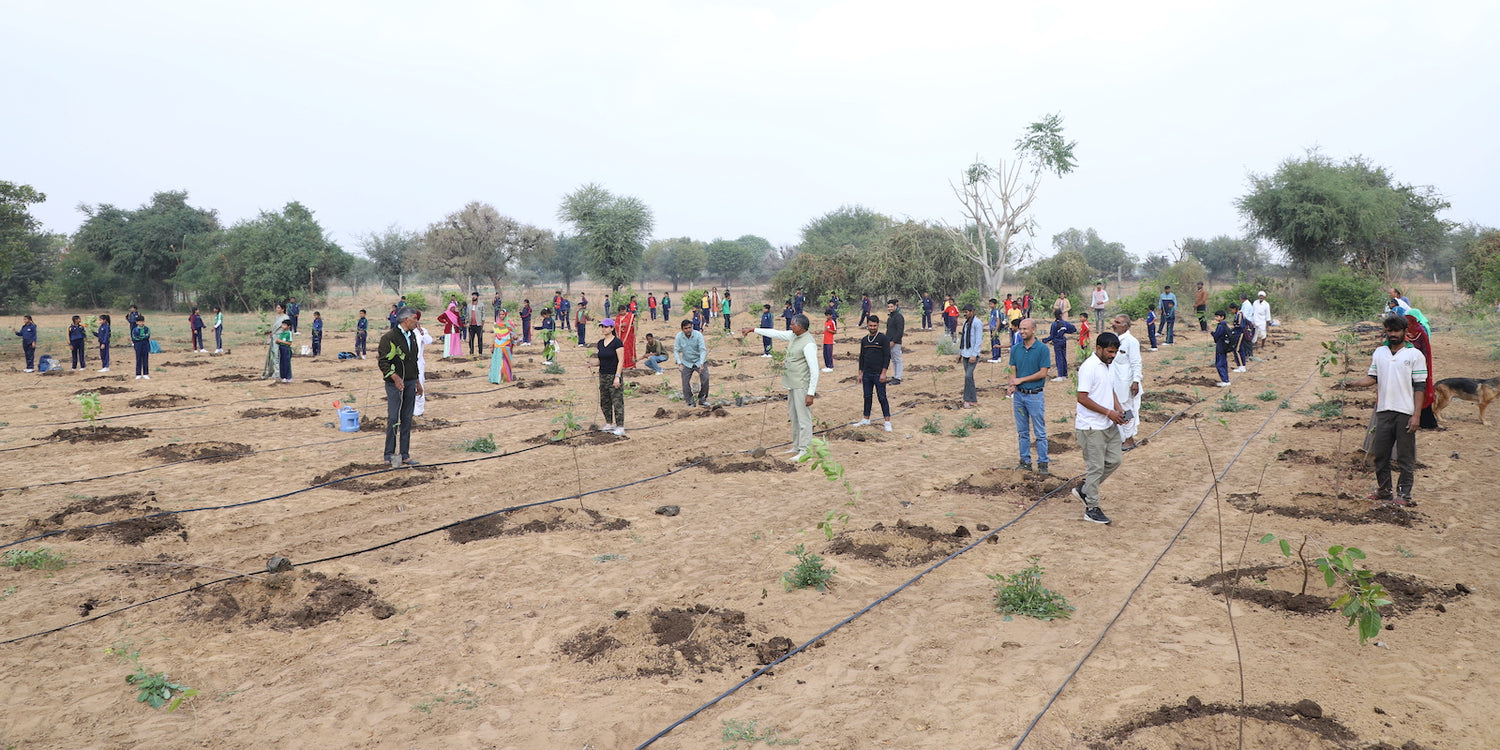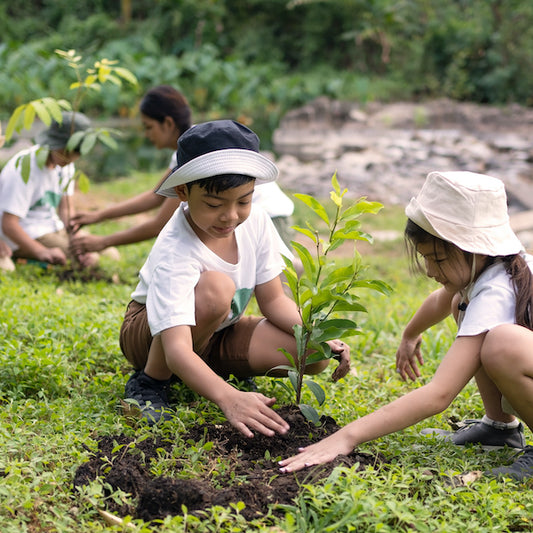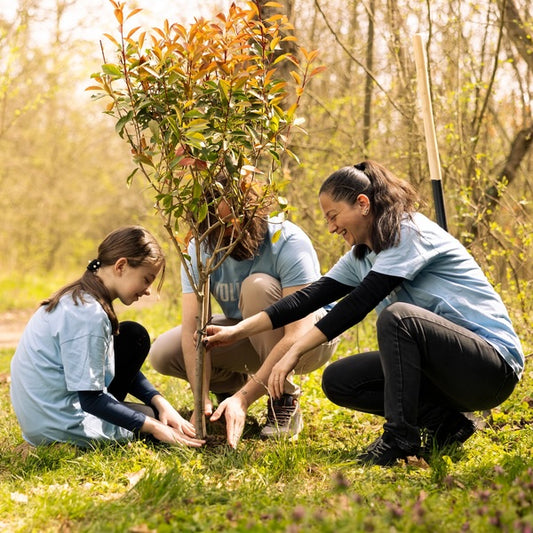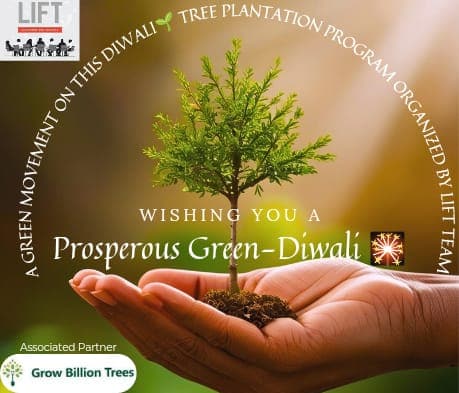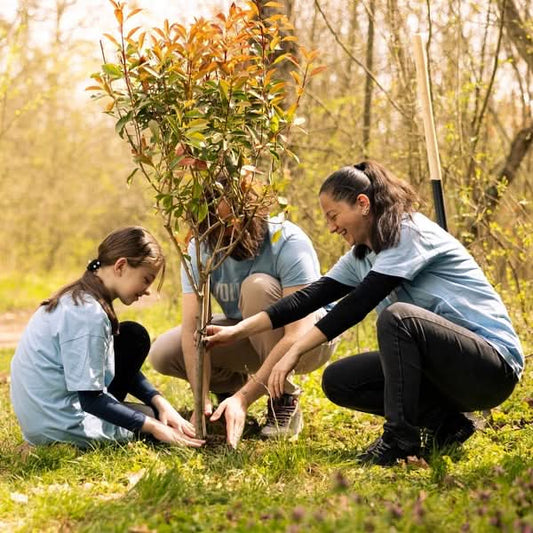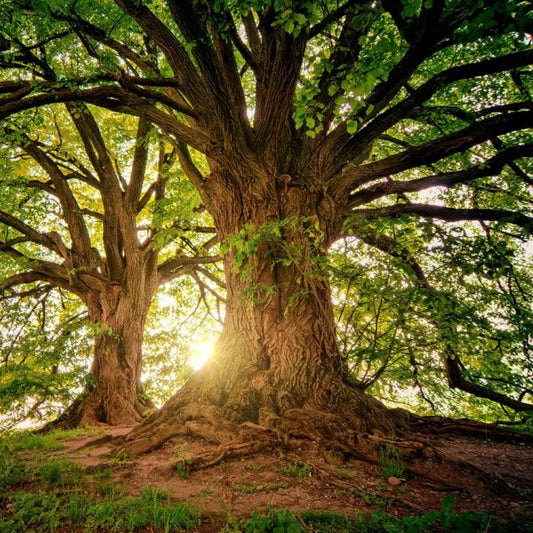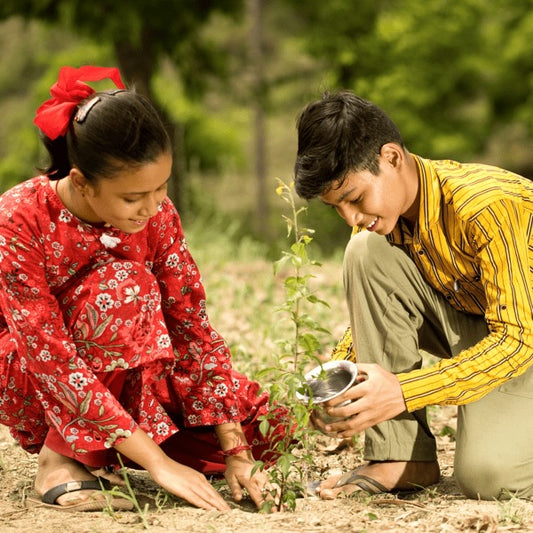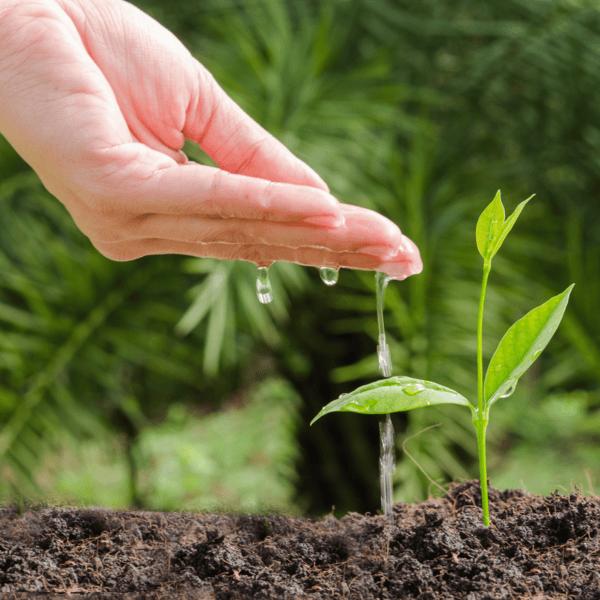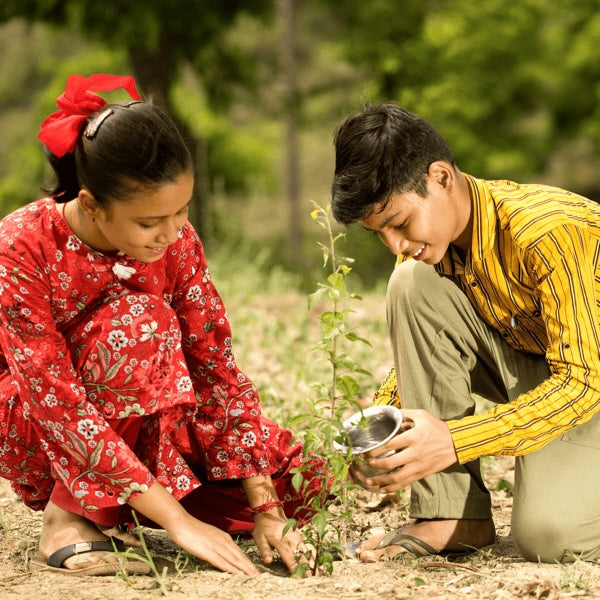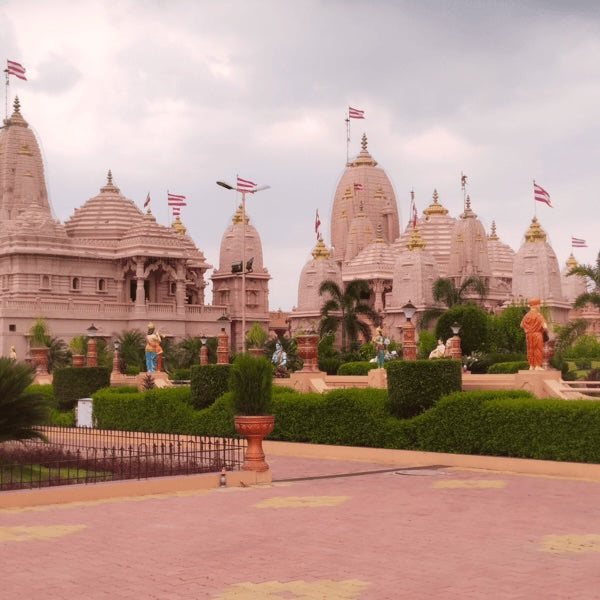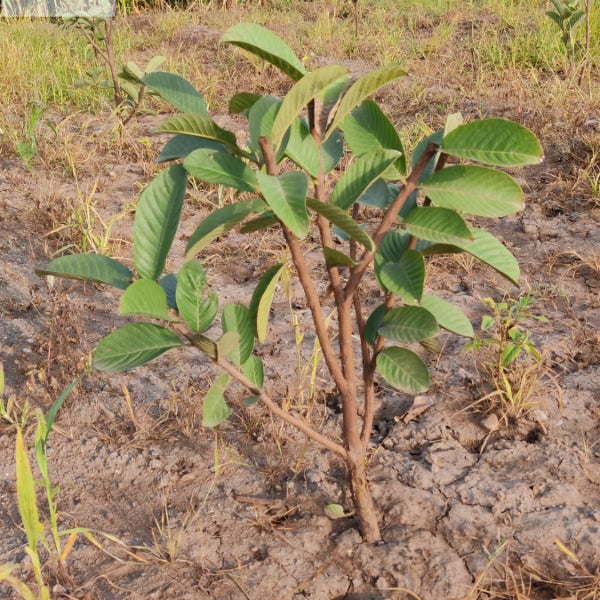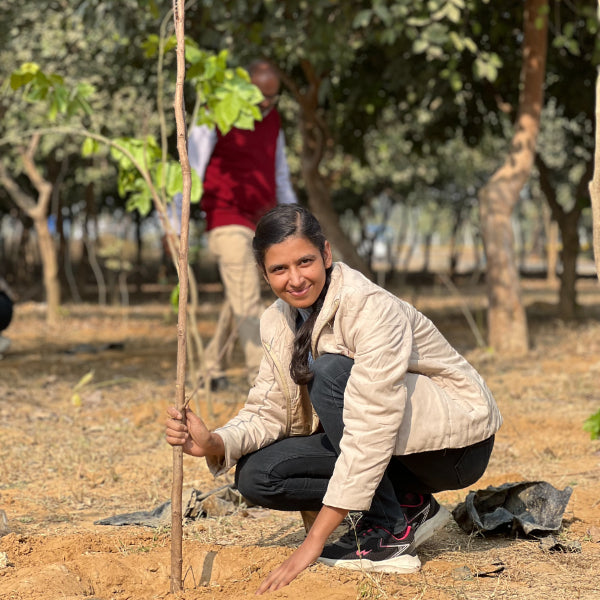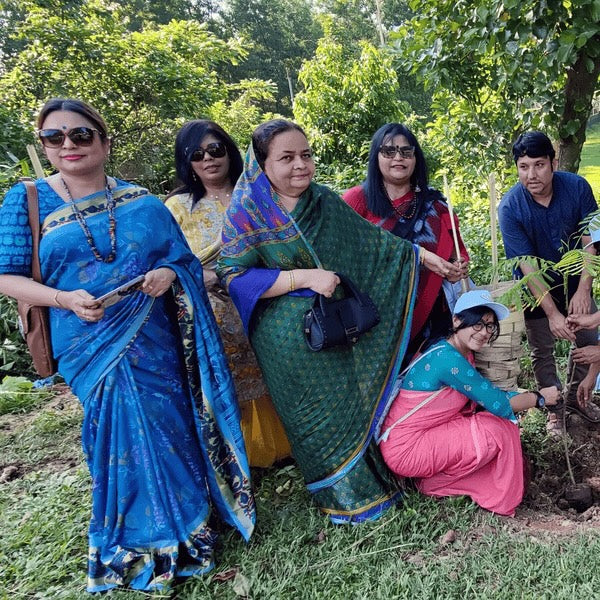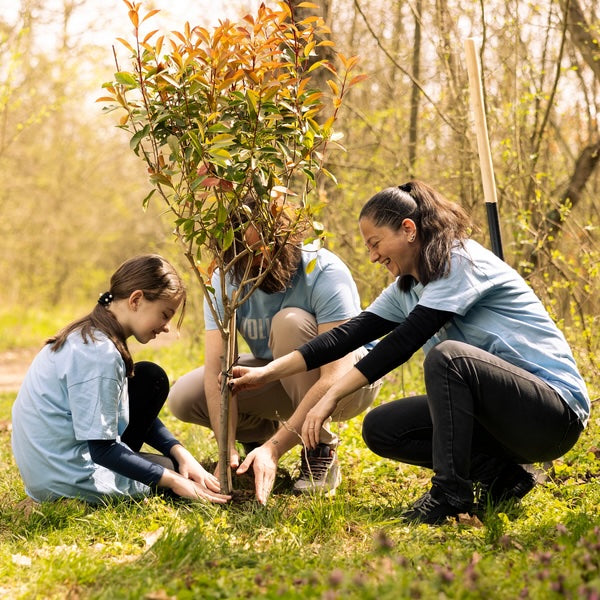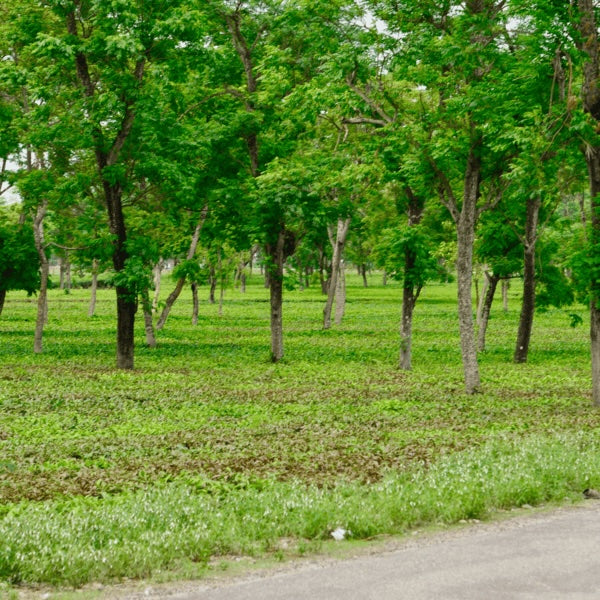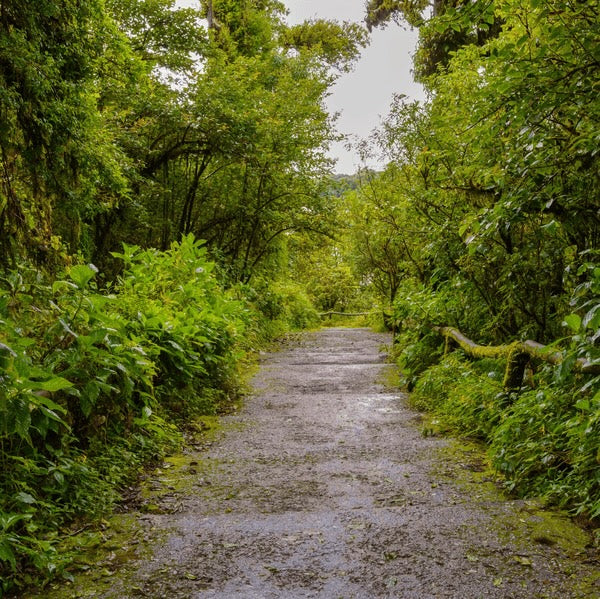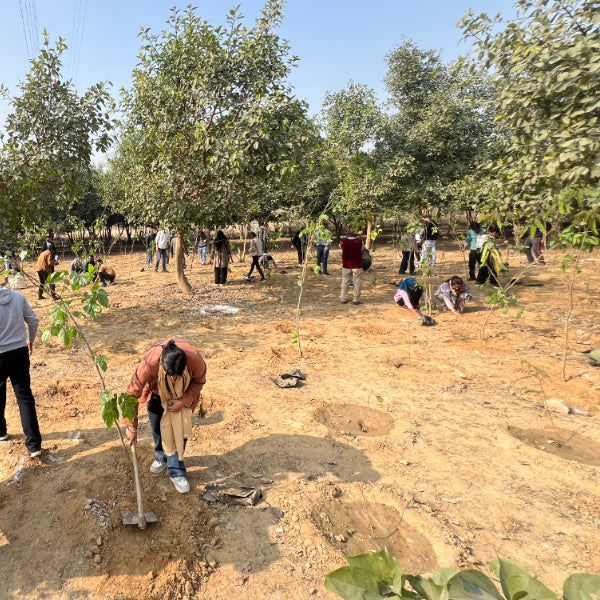Agroforestry in Maharashtra: Sustainable Farming Practices in the Konk
Maharashtra, India's third-largest state, is known for its diverse landscapes, from the lush Konkan coast to the arid Deccan plateau. Amid its va Read more
Connect with us
-
👥 Corporates
If you are looking for:
- 🌲 Tree Plantation Events
- 📊 CSR Projects
📧 corporate@growbilliontrees.com
📞 +91 9699723523
💬 +91 9325931304 WhatsApp (Only)
🕒 Mon - Sat | 10am - 7pm IST
-
🧩 Tree Plantation NGOs
If you are looking for:
- 💰 Financial Assistance
- 🤝 Operational Support
📧 support@growbilliontrees.com
📞 +91 9699723523
💬 +91 9325931304 WhatsApp (Only)
🕒 Mon - Sat | 10am - 7pm IST
-
🌼 Individuals
If you are looking for:
- 👥 Group Tree Plantation Drive
- 🌳 Bulk Tree Plantation
📞 +91 9699723523
💬 +91 9325931304 WhatsApp (Only)
🕒 Mon - Sat | 10am - 7pm IST
Trending
Trees for Corporates
Agroforestry in Maharashtra: Sustainable Farming Practices in the Konkan and Deccan Regions
Agroforestry in Konkan
This lush coastal region blends mangoes, cashews, and rice with towering coconut trees, creating a tropical paradise that also combats soil erosion and heavy monsoon impacts. It’s where agriculture meets nature’s spa retreat for land.
Agroforestry in Deccan Plateau
In the semi-arid Deccan, agroforestry is the oasis in the desert, integrating hardy trees like neem with millets and cotton. It’s the farming hack that turns drought into a growth opportunity.
Mango Agroforestry in Maharashtra
The king of fruits rules here! Mango orchards, paired with spice crops like pepper, turn farms into multi-crop kingdoms that are as tasty as they are profitable.
Sacred Groves in Konkan
These patches of heaven are Maharashtra’s ancient biodiversity banks. Sacred groves preserve endemic species and inspire agroforestry practices rooted in spiritual respect for nature.
Bamboo Agroforestry in Vidarbha
Fast-growing bamboo is redefining farming in Vidarbha, providing materials for everything from handicrafts to paper, while also sequestering carbon faster than a racecar.
Cashew-Based Agroforestry
Maharashtra’s cashew farms are agroforestry hotspots where trees, crops, and nuts coexist, making farmers' wallets and taste buds happy.
Agroforestry and Biodiversity in Maharashtra
Farms here double as wildlife havens, with trees offering homes to pollinators and birds. Agroforestry turns agriculture into a wildlife safari—minus the jeeps.
Water Conservation in Agroforestry
In regions like Marathwada, tree cover helps save every drop, turning agroforestry into Maharashtra’s hydration station for thirsty lands.
Carbon Sequestration in Maharashtra Agroforestry
Agroforestry here is a climate superhero, pulling CO2 from the air while boosting soil health. It’s the green factory we all need.
Wadi Farming in Tribal Maharashtra
Tribal communities lead the way with Wadi farming, growing fruits and crops in perfect harmony. It’s sustainable farming with a cultural twist.
Timber Agroforestry in Maharashtra
Timber trees like teak and babool turn farmlands into future savings accounts, offering long-term income for farmers in the region.
Grow Billion Trees in Maharashtra
This initiative doesn’t just plant trees—it plants ideas, empowering farmers with agroforestry models tailored to Maharashtra’s unique landscapes and challenges.
You may like
Corporate Plantations
FAQ
What is agroforestry in Maharashtra?
Agroforestry in Maharashtra combines trees with crops, creating a sustainable farming system suited to the Konkan’s lush coast and the Deccan’s arid plains. Grow Billion Trees promotes this practice to enhance soil health, conserve water, and boost farmer incomes.
How does agroforestry benefit Konkan farmers?
Konkan farmers benefit from agroforestry through improved crop yields, income from mangoes and cashews, and soil conservation during monsoons. Grow Billion Trees supports them with saplings, training, and eco-friendly solutions.
What trees are best for the Deccan Plateau?
Hardy species like neem, babool, and tamarind thrive in the Deccan’s semi-arid climate. Grow Billion Trees recommends these drought-resistant trees to improve soil and support sustainable farming.
How does agroforestry help Maharashtra’s biodiversity?
Agroforestry creates habitats for pollinators, birds, and small mammals, turning farms into biodiversity hotspots. Grow Billion Trees ensures local species thrive alongside agricultural systems.
Can agroforestry combat drought in Maharashtra?
Yes! Trees in agroforestry systems conserve water, reduce soil evaporation, and enhance groundwater recharge. Grow Billion Trees focuses on drought-prone areas like Marathwada with water-saving agroforestry models.
What crops pair well with agroforestry in Maharashtra?
Crops like rice, millet, turmeric, and cotton thrive under agroforestry systems. Grow Billion Trees helps farmers integrate tree species that complement their crops for maximum benefits.
How does Grow Billion Trees promote agroforestry in Maharashtra?
Grow Billion Trees partners with farmers, providing saplings, training, and market access. We use technology to monitor tree growth and tailor solutions to Maharashtra’s unique regions.
Is bamboo agroforestry popular in Maharashtra?
Absolutely! Bamboo is gaining traction in Vidarbha for its versatility and fast growth. Grow Billion Trees supports bamboo cultivation to enhance farmer incomes and fight climate change.
What are the challenges of agroforestry in Maharashtra?
Challenges include water scarcity, market access, and awareness gaps. Grow Billion Trees addresses these issues with training, partnerships, and innovative solutions for farmers.
How does agroforestry impact soil health?
Agroforestry improves soil through erosion control, organic matter, and nitrogen-fixing trees. Grow Billion Trees ensures soil-friendly species are integrated into farming systems.
What role does agroforestry play in carbon sequestration?
Trees in agroforestry systems absorb CO2, reducing Maharashtra’s carbon footprint. Grow Billion Trees scales tree-planting projects to maximize this environmental benefit.
Can agroforestry improve farmer incomes in Maharashtra?
Yes! Farmers earn from timber, fruits, and crops, diversifying their income streams. Grow Billion Trees helps farmers unlock these opportunities for economic stability.

